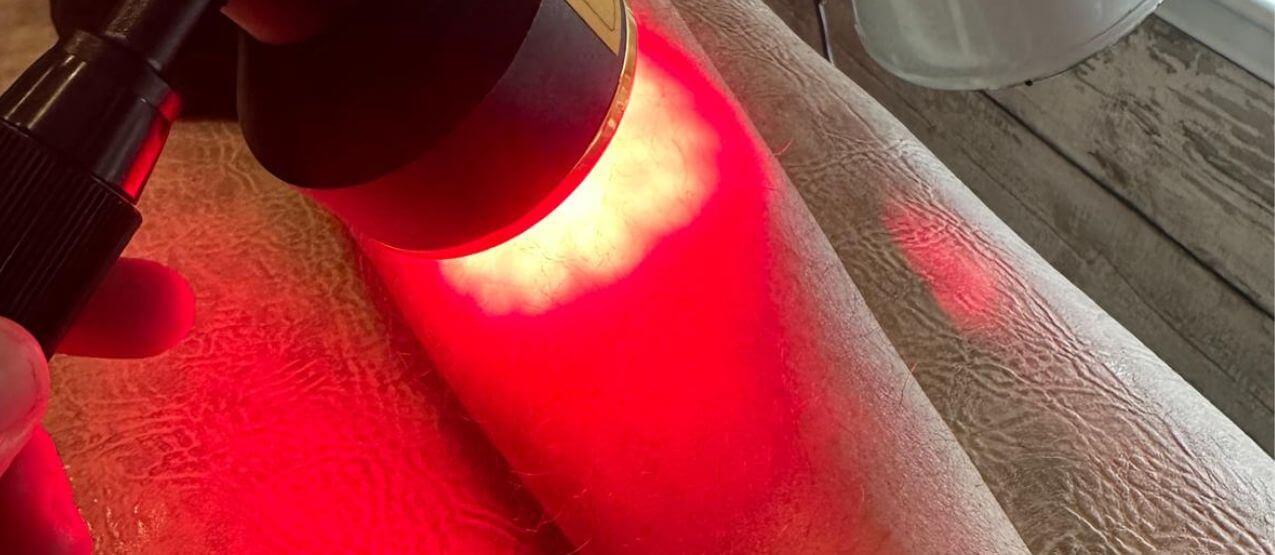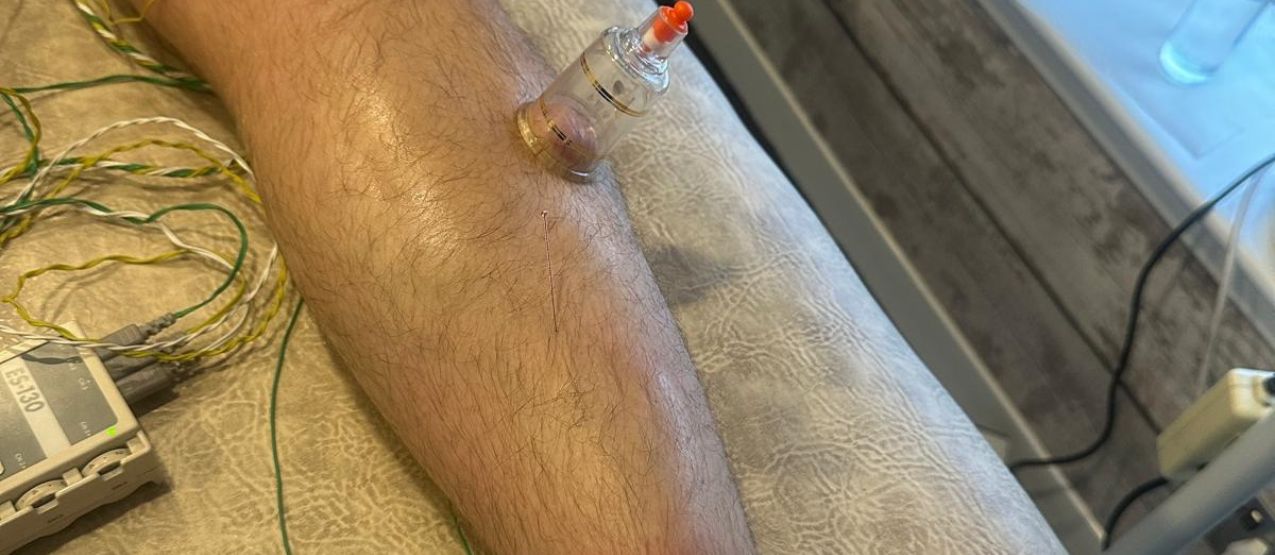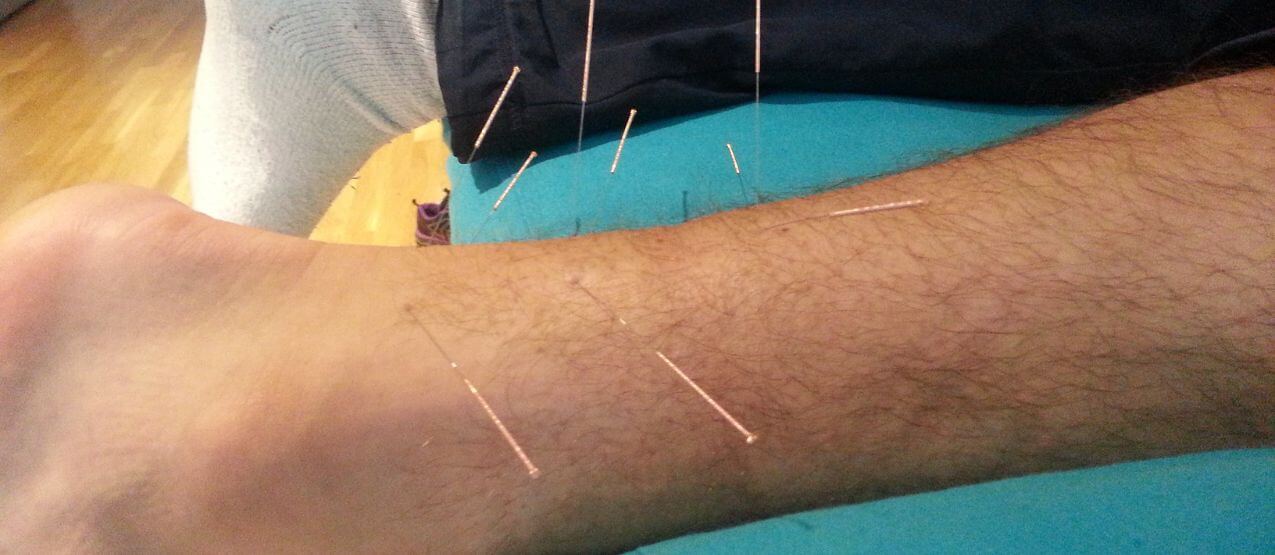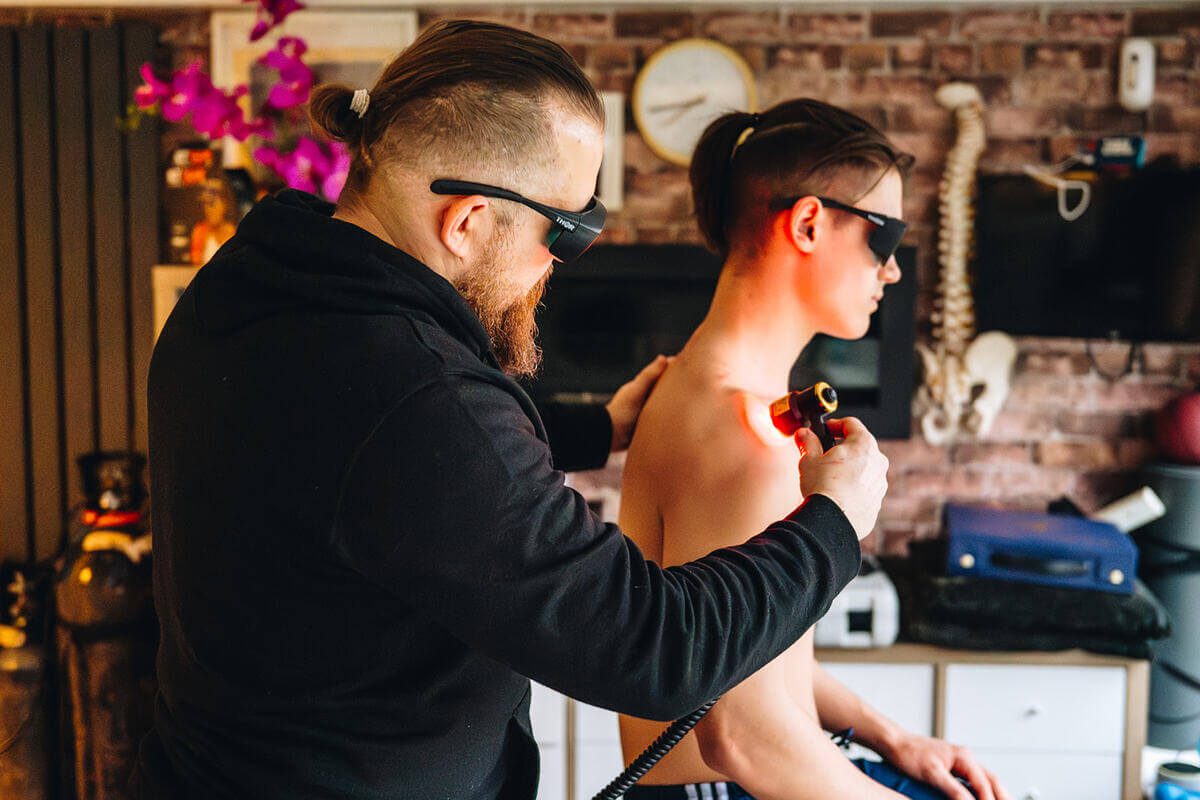Understanding and Treating Achilles Tendon Ruptures at Peter’s Physiotherapy in Glasgow
An Achilles tendon rupture can be a devastating injury, often sidelining athletes and active individuals for months. At Peter’s Physiotherapy, your sport physiotherapy clinic in Glasgow, we believe that understanding your injury and treatment options is crucial for a successful recovery. This comprehensive guide will walk you through the intricacies of Achilles tendon ruptures, from diagnosis to return to sport, with a special focus on physiotherapy protocols.
Concerned about an Achilles injury? Don’t wait – book an appointment with Peter’s Physiotherapy today for expert assessment and care!
Understanding the Achilles Tendon:
The Achilles tendon, also known as the calcaneal tendon, is the strongest and largest tendon in the human body. It connects the powerful calf muscles (gastrocnemius and soleus) to the heel bone (calcaneus). This tendon plays a crucial role in walking, running, and jumping by allowing you to point your toes downward and push off the ground.
Anatomy of the Achilles Tendon:
- Length: Approximately 15 cm (6 inches)
- Width: 6 mm (0.25 inches) at its narrowest point
- Composition: Dense fibrous connective tissue
The Achilles tendon is unique in its structure, with fibres that spiral as they descend, providing additional strength and elasticity. This design allows the tendon to store and release energy efficiently during movement, acting like a spring to propel you forward.
What is an Achilles Tendon Rupture?
An Achilles tendon rupture occurs when the tendon partially or completely tears. This injury often happens during high-impact activities or sudden, forceful movements. Common scenarios include:
- Sudden acceleration or change in direction during sports
- Falling from a height
- Stepping into a hole or off an unexpected ledge
Symptoms of Achilles Tendon Rupture:
- An audible “pop” or “snap” at the time of injury
- Sudden, severe pain in the back of the ankle or calf
- Swelling near the heel
- Difficulty walking or standing on tiptoes
- A visible gap in the tendon upon physical examination
Experiencing these symptoms? Don’t delay – call Peter’s Physiotherapy now for immediate expert advice at our sport injury clinic in Glasgow!
Diagnosis:
While the symptoms of an Achilles tendon rupture can be quite distinct, a proper diagnosis is essential for appropriate treatment. At Peter’s Physiotherapy, we use clinical examinations and advanced imaging techniques.
Physical Examination:
- Thompson test (squeezing the calf muscle to observe foot movement)
- Palpation of the tendon to feel for gaps or abnormalities
Imaging:
- Ultrasound: Provides real-time imaging of the tendon structure
- MRI: Offers detailed images of soft tissue, useful for assessing partial tears
For expert diagnosis and care, visit Peter’s Physiotherapy, your trusted sport physiotherapy clinic in Glasgow.

Treatment Options for Achilles Tendon Ruptures at Sport Injury Clinic Glasgow:
The treatment for Achilles tendon ruptures has been a subject of ongoing debate in the medical community. The two primary approaches are conservative (non-surgical) management and surgical repair. The choice between these options depends on various factors, including:
- Patient’s age and activity level
- Type and location of the tear
- Overall health and medical history
- Patient’s preferences and goals
Conservative Treatment:
Non-surgical management involves immobilizing the ankle to allow the tendon to heal naturally. This approach is often considered for:
- Older, less active individuals
- Partial tears with good tendon apposition
- Patients with health conditions that increase surgical risks
Protocol:
- Initial immobilization (2-4 weeks):
- Cast or walking boot with the foot pointed downward
- Non-weight bearing or minimal weight-bearing with crutches
- Gradual range of motion exercises (4-6 weeks):
- Gentle ankle movements to prevent stiffness
- Continued use of walking boot, adjusting angle towards neutral
- Progressive weight-bearing (6-8 weeks):
- Transition to full weight-bearing in a neutral position boot
- Introduction of strengthening exercises
Surgical Treatment:
Surgery is often recommended for:
- Young, active individuals
- Athletes aiming to return to high-level sports
- Complete ruptures or tears with significant tendon separation
Surgical Techniques:
a) Open Surgery:
- A large incision is made to access and repair the tendon
- Allows for direct visualization and precise repair
- Higher risk of wound complications
b) Minimally Invasive Surgery:
- Small incisions with specialized instruments
- Potentially faster recovery and lower risk of wound issues
- May be less suitable for complex tears
Post-surgical Protocol:
- Similar to conservative treatment, but often with a faster progression
- Early protected range of motion exercises may be introduced
Unsure which treatment option is best for you? Schedule a consultation with Peter’s Physiotherapy to discuss your personalized treatment plan!
Physiotherapy Protocols at Sport Physiotherapy Glasgow:
Regardless of whether conservative or surgical treatment is chosen, physiotherapy plays a crucial role in recovery. At Peter’s Physiotherapy, we tailor our protocols to each patient’s needs and progress. Here’s a general overview of the rehabilitation process:
Phase 1: Protection and Early Motion (0-2 weeks post-injury/surgery)
Goals:
- Protect the healing tendon
- Reduce swelling and pain
- Maintain cardiovascular fitness
Interventions:
- Education on proper use of crutches/walking boot
- Ice therapy and compression
- Gentle range of motion exercises for toes and knee
- Upper body and core strengthening
Phase 2: Progressive Loading (2-6 weeks)
Goals:
- Gradually increase tendon loading
- Improve ankle range of motion
- Begin light strengthening
Interventions:
- Progressive ankle movements (plantar flexion to neutral)
- Isometric calf exercises
- Stationary cycling with minimal resistance
- Hydrotherapy for assisted weight-bearing exercises
Phase 3: Strengthening and Proprioception (6-12 weeks)
Goals:
- Restore full ankle range of motion
- Improve calf strength and endurance
- Enhance balance and proprioception
Interventions:
- Eccentric calf strengthening exercises
- Balance and proprioception training
- Functional exercises (e.g., squats, lunges)
- Gradual return to walking without support
Phase 4: Functional Rehabilitation (12-16 weeks)
Goals:
- Progress to sport-specific activities
- Improve power and reactive strength
- Prepare for return to sport
Interventions:
- Plyometric exercises (e.g., jump training)
- Agility drills
- Sport-specific movement patterns
- Continued strengthening and endurance training

Recovery Techniques at Peter’s Physiotherapy in Glasgow:
At Peter’s Physiotherapy, we employ a wide range of cutting-edge treatments to accelerate post-operative recovery and enhance rehabilitation outcomes. Our advanced techniques include:
- Cryotherapy with TruCryo:
- State-of-the-art cold therapy system
- Helps reduce pain and inflammation
- Promotes faster healing and recovery
- Thor Laser Therapy:
- Low-level laser treatment
- Stimulates cellular regeneration
- Accelerates tissue repair and reduces pain
- Kinesio Taping:
- Specialized taping technique
- Supports muscles and joints
- Improves circulation and reduces swelling
- Acupuncture:
- Traditional Chinese medicine technique
- Helps manage pain and promote healing
- Can improve overall well-being during recovery
These advanced treatments complement our comprehensive physiotherapy protocols, allowing for a more rapid and comfortable recovery process. Our experienced therapists tailor these techniques to each patient’s specific needs, ensuring optimal results.
Experience the benefits of our advanced recovery techniques! Book an appointment with Peter’s Physiotherapy today and fast-track your Achilles tendon recovery.
This addition highlights the specialized treatments available at your clinic, potentially setting you apart from other physiotherapy practices and providing more reasons for patients to choose Peter’s Physiotherapy for their Achilles tendon recovery.
Ready to start your rehabilitation journey? Book your first physiotherapy session with Peter’s Physiotherapy now!
Return to Sport Timeline at Sport Injury Clinic Glasgow:
The timeline for returning to sport after an Achilles tendon rupture can vary significantly depending on the individual and the demands of their sport. However, here’s a general guideline:
- Low-impact activities (e.g., swimming, cycling): 3-4 months
- Light jogging: 4-6 months
- Return to non-competitive sports: 6-9 months
- Return to competitive sports: 9-12 months
It’s crucial to note that these timelines are approximate and should be adjusted based on individual progress and sport-specific demands. At Peter’s Physiotherapy, we use objective measures to assess readiness for return to sport, including:
- Strength testing: Comparing injured leg to uninjured leg (aim for >90% strength)
- Single-leg hop tests: Assessing power and confidence
- Sport-specific functional tests
- Psychological readiness assessment
Factors Influencing Recovery Time:
- Age: Younger patients often heal faster
- Overall health and fitness level
- Compliance with rehabilitation program
- Type of sport and position played
- Severity of the initial injury
Complications and Long-term Outcomes:
While most patients recover well from Achilles tendon ruptures, potential complications include:
- Re-rupture (3-5% risk)
- Persistent weakness or stiffness
- Altered gait mechanics
- Increased risk of future tendon injuries
Long-term studies show that with proper treatment and rehabilitation, most patients return to their pre-injury level of activity. However, some may experience subtle differences in strength or function that persist long-term.
Prevention Strategies at Sport Physiotherapy Glasgow:
While not all Achilles tendon ruptures can be prevented, several strategies can reduce your risk:
- Proper warm-up: Gradually increase intensity before vigorous activity
- Eccentric strengthening exercises: Focus on lowering (eccentric) phase of calf raises
- Flexibility: Regular stretching of calf muscles and Achilles tendon
- Gradual training progression: Avoid sudden increases in intensity or volume
- Appropriate footwear: Ensure proper support and cushioning
- Cross-training: Incorporate low-impact activities to reduce repetitive stress
Want to learn more about injury prevention? Schedule a preventive assessment with Peter’s Physiotherapy today!
Conclusion:
Achilles tendon ruptures are serious injuries that require careful management and dedicated rehabilitation. At Peter’s Physiotherapy, we’re committed to guiding you through every step of your recovery journey. From initial diagnosis to return to sport, our expert team will provide you with evidence-based care tailored to your individual needs and goals.
Remember, early intervention and proper rehabilitation are key to optimal recovery. If you suspect an Achilles tendon injury or want to improve your prevention strategies, don’t hesitate to reach out.
Take control of your Achilles health today! Contact Peter’s Physiotherapy to schedule an assessment, start your rehabilitation, or learn more about injury prevention. Book now or call us – we’re here to help you get back to doing what you love!



